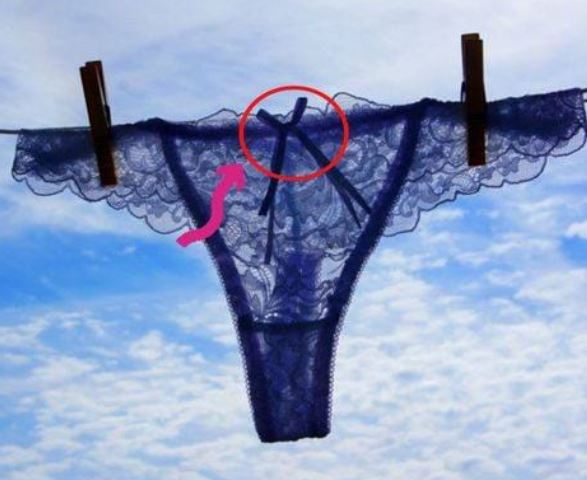For centuries, a small bow has adorned the front of women’s underwear, sparking curiosity and intrigue. This delicate feature has become an iconic symbol of femininity, but its origins reveal a practical past.
The bow’s history dates back to the pre-elastic era, when drawstring ribbons secured underwear in place. Passing through eyelet lace, these ribbons ensured undergarments stayed put. This resourceful solution reflects a time when innovative fastening methods were necessary.

Today, the bow represents sweetness, femininity, and purity. Online forums praise its aesthetic appeal, labeling it “cute” and “feminine.” Beyond its charm, the bow’s positioning simplifies quick dressing, particularly in low-light situations.

To fully appreciate the bow’s significance, it’s essential to explore the evolution of women’s underwear. Historical records and artifacts reveal a transformation from simple chemises and petticoats to more ornate designs.

The 1800s revolutionized women’s undergarments, introducing lace and bands. Pantalettes emerged, retaining drawstring bows despite the growing use of elastic. As styles changed, the bow shifted from functional to fashionable.
Despite losing its original purpose, the bow’s allure endures. Designers and wearers alike are captivated by its elegant refinement. The bow’s persistence demonstrates the power of combining utility and beauty.

The next time you notice this delicate feature, remember its rich history. From practical solution to feminine symbol, the bow on women’s underwear has become an enduring aesthetic.
This subtle detail has woven its way into the fabric of women’s undergarments, transcending time and trends. Its story serves as a testament to the intersection of form and function, where beauty and practicality harmoniously coexist.
The bow’s legacy continues, a charming reminder of the past and a symbol of timeless elegance.


